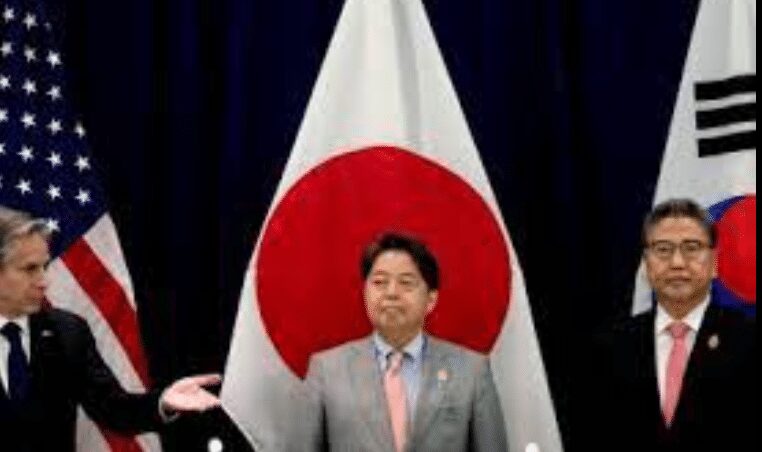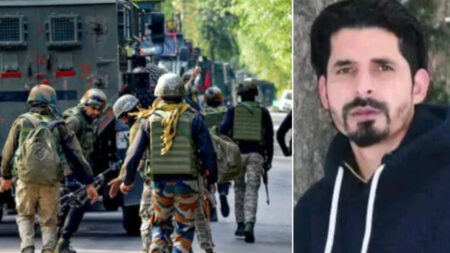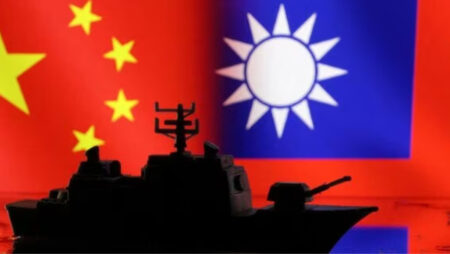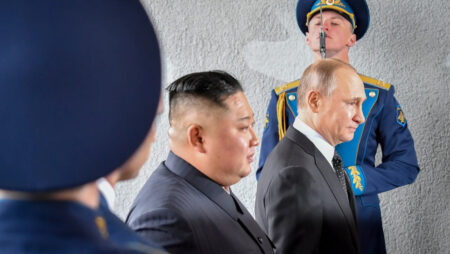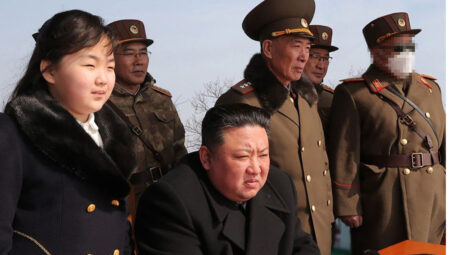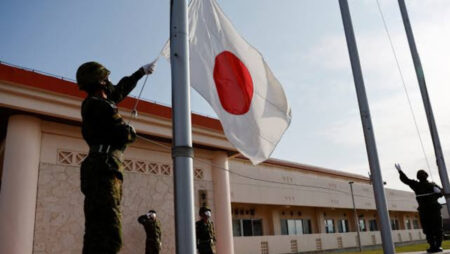South Korea, Japan, US conducted missile drills as defence from ongoing threats from North Korea

Seoul, South Korea – South Korea, the United States, and Japan have held joint missile defence drills aimed at countering North Korea’s growing missile capabilities.
The trilateral exercise, which took place over several days, saw the three countries deploy their missile defence systems and conduct simulated missile interceptions.
The drills come amid growing concerns over North Korea’s missile and nuclear weapons programs, which have continued to advance despite international sanctions and diplomatic efforts to curb the regime’s weapons development.
South Korea’s Defence Ministry said in a statement that the drills were designed to “boost the capabilities of the three countries to detect and track incoming ballistic missiles and enhance their ability to respond to any potential missile threat.”
The ministry added that the exercise was also aimed at strengthening “the solidarity and cooperation” between the three countries, which are key allies in the region.
The United States and South Korea have long maintained a close military alliance, with the US stationing tens of thousands of troops in South Korea to deter any potential aggression from North Korea.
Japan, meanwhile, has been seeking to strengthen its military capabilities in the face of the North Korean threat and has recently been increasing its cooperation with South Korea on defence issues.
The joint missile defence drills come amid a period of heightened tension on the Korean Peninsula, with North Korea continuing to carry out missile tests and other provocations.
Last month, North Korea test-fired what it claimed was a new type of long-range cruise missile, which experts say could pose a major threat to the region and beyond.
The test followed a series of other missile launches by North Korea, which has also been working to develop nuclear weapons capable of reaching the United States.
In response, the United States and South Korea have been stepping up their missile defence capabilities, with the deployment of the Terminal High Altitude Area Defence (THAAD) system in South Korea in 2017.
The THAAD system is designed to intercept and destroy short and medium-range ballistic missiles and is seen as a key element of South Korea’s defence against the North Korean threat.
However, the deployment of the THAAD system has been controversial, with China objecting to the move and calling for its removal.
The joint missile defence drills involving South Korea, the United States, and Japan are likely to further anger North Korea, which has accused the three countries of provoking tensions on the peninsula.
ALSO READ: https://tdznkwjt9mxt6p1p8657.cleaver.live/north-korea-tests-nuclear-capable-underwater-attac/
The drills also come amid ongoing efforts to revive diplomatic talks between the United States and North Korea over the regime’s weapons programs. North Korea, however, has shown little willingness to engage in talks and has continued to carry out missile tests and other provocations.
US President Joe Biden’s administration has signalled a willingness to engage in talks with North Korea but has called on the regime to take concrete steps towards denuclearization before any negotiations can begin.
The trilateral missile defence drills are likely to be seen as a message to North Korea that the international community remains united in its efforts to counter the regime’s weapons programs.
In a joint statement following the exercises, the defence ministers of South Korea, the United States, and Japan said that they remained “committed to strengthening trilateral security cooperation” and “enhancing our ability to deter and respond to threats to regional peace and stability.”
The statement added that the three countries would continue to work together to “maintain a free and open Indo-Pacific region, where all countries are able to exercise their rights in accordance with international law.”







